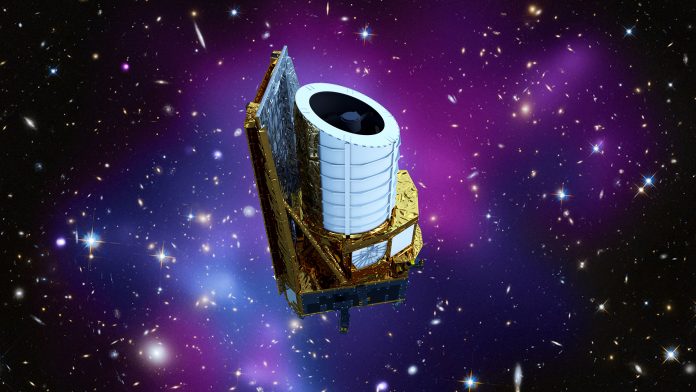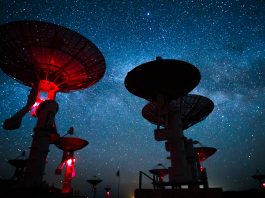Discussing the Euclid mission and its ambitions to better understand the Universe’s mysterious dark matter and dark energy.
The Innovation Network’s International Editor Clifford Holt spoke to René Laureijs and Giuseppe Racce, Project Scientist and Project Manager of the European Space Agency’s Euclid mission, respectively.
Scheduled for launch in late 2022, Euclid is an ESA mission to map the geometry of the Universe and better understand the mysterious dark matter and dark energy, which make up most of the energy budget of the cosmos. It will investigate the expansion of the Universe over the past ten billion years, probing cosmic epochs from before the expansion started to accelerate, all the way to the present. To this aim, Euclid will survey galaxies at a variety of distances from Earth, over an area of the sky covering more than 35% of the celestial sphere.
The reason why the Universe is not only continuing to expand but that this expansion is also accelerating (rather than slowing down due to the gravitational attraction of all the matter it contains) is one of the most important questions in modern cosmology. And, it is hoped, it is one that Euclid can help to explain. According to René Laureijs, a project scientist on the Euclid mission, the satellite’s mission is based on the observation that matter in the Universe is not uniformly distributed, but that it has structure at various scales from clusters to superclusters of galaxies.
Speaking to Innovation News Network‘s International Editor, Clifford Holt, Laureijs said: “The seeds of these structures were formed during the Big Bang and have already been detected in the cosmic microwave background (CMB). The structures have typical scales and will expand in time according to the expansion of the Universe. Euclid will measure these structures at different ages of the Universe starting some 10 billion years ago until now.
“The accelerated expansion of the Universe can be measured very accurately from the analysis of the structures. Euclid has been optimised for two methods to determine the structures.”
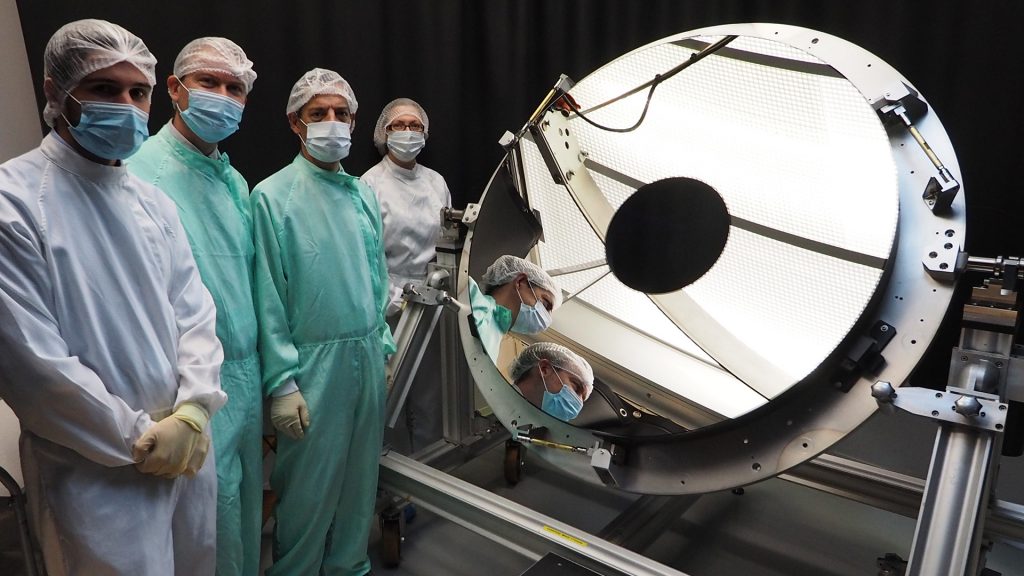
Dark energy probes
These methods are also referred to as ‘dark energy probes’. One method, weak lensing, will measure the evolution of dark matter structures by means of weak gravitational lensing. The other, galaxy clustering, will measure the structure evolution of the ordinary matter, the baryons, via an accurate redshift measurement of galaxies.
“Weak lensing,” Laureijs explained, “involves the determination of the orientation of many distant galaxies over a large sky area. Invisible dark matter structures between us and these galaxies will cause a distortion of their images due to the gravitation of the dark matter. The orientations of the galaxies will show a shear: the alignment of otherwise random orientations like an array of compass needles in the vicinity of a magnetic field. This effect enables us to create a three dimensional map of dark matter structures. The redshift measurements for galaxy clustering gives us a three dimensional map (position and redshift) of the galaxies probing the spatial distribution of baryonic matter. The combination of these two dark energy probes in one experiment is unique, and the combined result will be much more accurate than the individual probes.
“The two instruments in Euclid are conceptually not very special: the visual instrument is a large camera taking 600 Mega pixel pictures of the sky, the other instrument provides 64 Mega pixel imaging and spectroscopy in the near-infrared. What makes Euclid unique is the combination of these instrumental capabilities in a space telescope. European industry has provided an extremely precise wide-field telescope, mounted on a satellite with demanding pointing capabilities and data transfer rates. Due to the absence of the Earth’s atmosphere, Euclid will obtain extremely sharp images, four-to-six times better than from ground. The near-infrared spectroscopy and imaging cannot be done from the ground due to the opacity of the Earth’s atmosphere at these wavelengths. Unlike ground-based observatories, Euclid is able to observe the entire sky and can measure 24 hours per day.”
Laureijs also revealed that the galaxy clustering probe requires tens of millions of galaxies. Weak lensing requires more than a billion galaxies over a large area of the sky in order to achieve the required statistical accuracies needed to determine the accelerated expansion of the Universe.
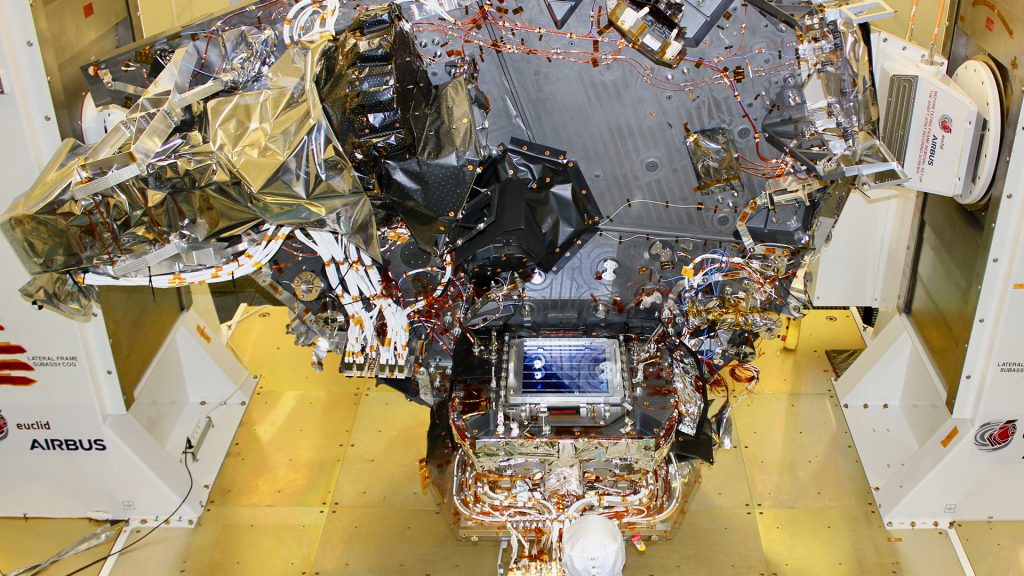
Progress
The optical and infrared instruments have passed their qualification and acceptance reviews and are now fully integrated into the part of the spacecraft that hosts the instruments’ cold parts and the optics (the so-called ‘Payload Module’ or ‘PLM’), and a series of tests will now begin. Giuseppe Racce, Euclid’s project manager, told Innovation News Network: ‘These tests will be conducted to prove that everything works from all aspects: functional, electrical (including always tricky electro-magnetic compatibility), mechanical (to withstand the launch loads), thermal (to show compatibility with the on orbit environment), and optical (to show that the performance that Euclid has been designed for can actually be achieved, even though on the ground, in gravity conditions, this cannot be completely achieved.”
Despite the COVID-19 pandemic, the mission remains on schedule, Racce added, with the launch delayed by just a little more than two months, which is now considered in the current launch date of September 2022. That being said, Racce also pointed out that the battery of tests that have now begun must be completed before the PLM is declared okay for flight, along with many challenging measurements.
Silicon carbide
Euclid’s entire payload module is made out of silicon carbide (SiC), a ceramic and therefore much more brittle than metal. ESA first pioneered the use of this material in the manufacture of the telescope for the Herschel space mission, while the support structure for ESA’s Gaia mission’s spacecraft’s subsystems were later mounted on a silicon carbide frame. On Euclid, the material has been used for the instruments as well as the telescope.
This has numerous benefits, as Racce explained: “The benefit is similar to that bestowed on Gaia by the silicon carbide material, namely to be relatively insensitive to thermal distortions. Since everything in Euclid is made of the same material, silicon carbide, which is very insensitive to temperature changes and has a very high thermal conductivity (hence everything achieves the same temperature) we can speak of homotheticity, i.e. a geometric condition where all the optical quantities scale in the same way, thereby producing virtually no distortions under temperature variations. This is obviously a mathematical exactness, but less a practical one, where we still need to consider and control slight distortions during the orbital environmental variations.
“The engineering challenges to make a full SiC Payload Module are numerous and varied. Perhaps the most important one is that the manufacturing of the various parts in SiC (which began back in 2014) had to be based on a perfect knowledge of the final design, as any parts made from SiC cannot be modified during the construction of the telescope. Therefore, any errors, incidents, defects, or slight adaptations of the design mean that all the parts concerned would need to be rebuilt. This was a very challenging aspect.”
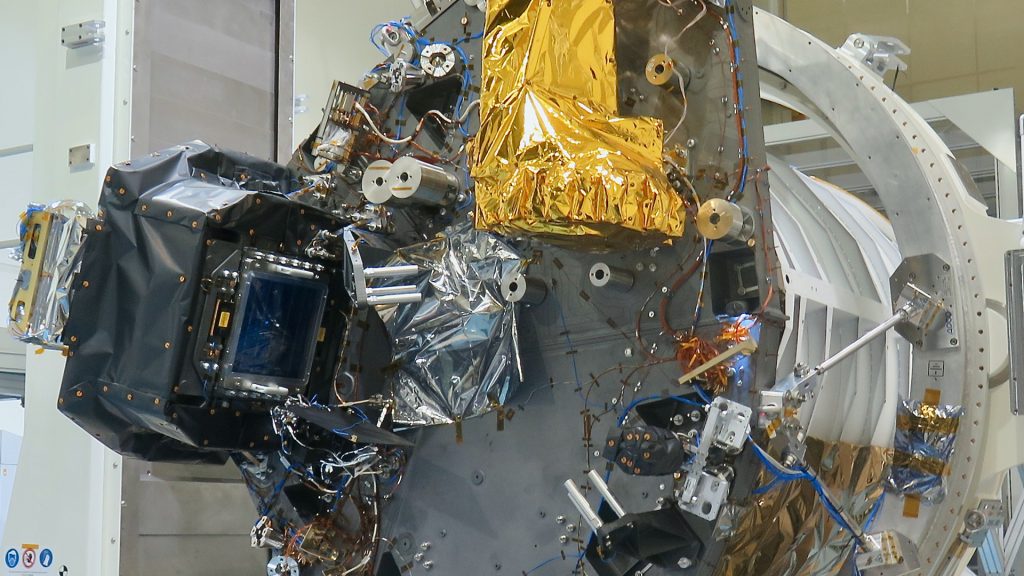
Additional science benefits
Alongside the main science goals of studying dark energy and dark matter in space, other areas stand to benefit from the Euclid mission, with many other studies being able to benefit from the very stringent requirements put on the quality of the observations by the measurement of the two dark energy probes.
Laureijs also explained that Euclid’s excellent imaging quality enables the study of the detailed morphology of galaxies. As Euclid will resolve billions of galaxies at different ages of our Universe, we can make detailed studies of the evolution of classes of galaxies. He added: “The large sky coverage enables us to study thousands of clusters of galaxies, as well as the mutual interaction of the cluster members over time. This can also give us clues as to how black holes evolve and how they affect their surroundings in cosmic time.
“Euclid is expected to discover an unprecedented amount of strong gravitational lenses, enabling fundamental physics studies. The mission will also detect tens of millions of stars, not only in the visible, but also in the infrared, which enables studies of very cool stars that are, for instance, poorly detected by Gaia.”
To maximise the mission’s scientific exploitation, the Euclid collaboration is also developing data processing pipelines which will create an atlas of ultra-sharp images of the extragalactic sky and a huge catalogue with billions of objects providing various parameters, including spectra, of each object.
“Separate pipelines are being developed to extract the asteroids and other solar system objects from the data. All data will be collected in the Euclid archive, which will be made available to the public. This treasure trove is expected to be a great source of new discoveries,” Laureijs said.
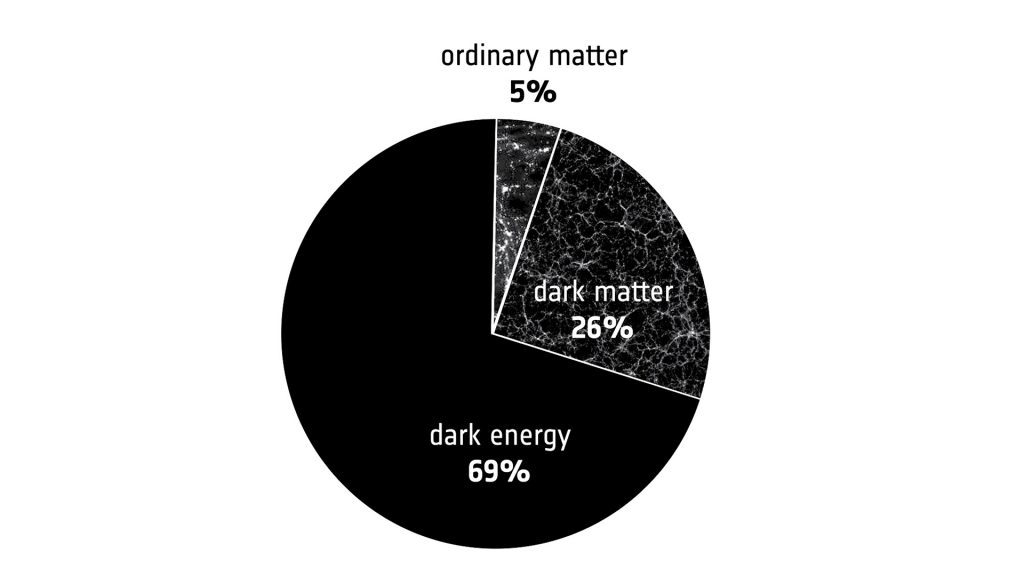
New objects
In addition to Euclid’s pre-defined goals and, indeed the other studies and missions that stand to benefit from it, Euclid also has the potential to detect new objects. As Laureijs told Innovation News Network: “The unprecedented large area of sky that will be covered by Euclid enables large statistical studies and may reveal new classes of objects. Alternatively, one could adopt the golddigger approach: sift through the catalogue and find those rare and peculiar objects which do not fit in any category. Euclid is ideal for finding new objects for further study with the James Webb Space Telescope (JWST), which is scheduled for launch in October this year and which has a much better sensitivity in the infrared for much smaller areas of sky. The infrared capabilities will complement the Gaia measurements in the sky surveyed by Euclid.
“At present, large ground-based surveys are conducted at various wavelengths in the visible spectrum. These surveys also produce large catalogues which can be combined with the Euclid catalogue, enhancing the discovery space.”
The Euclid atlas and catalogue will be unprecedented in size, containing billions of objects, each with hundreds of parameters forcing the development of dedicated processing software based on novel analysis methods. “The classification and analysis of the morphologies of individual objects in the Euclid images require algorithms for automatic detection. This will redefine modern astronomy,” Laureijs concluded.
René Laureijs
Project Scientist
Giuseppe Racce
Project Manager
Euclid
European Space Agency
Tweet @esa
https://sci.esa.int/web/euclid/home
Please note, this article also appears in the fifth edition of our quarterly publication.

